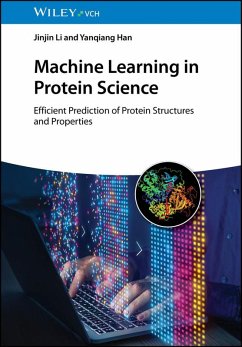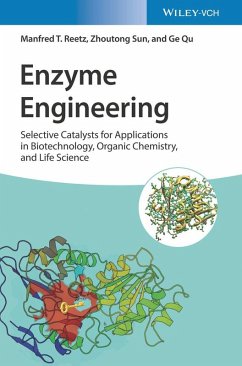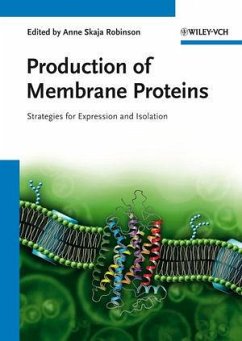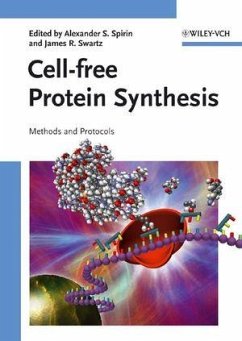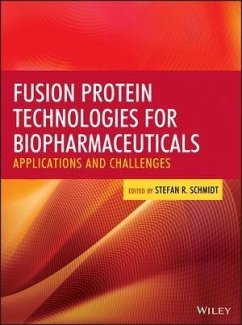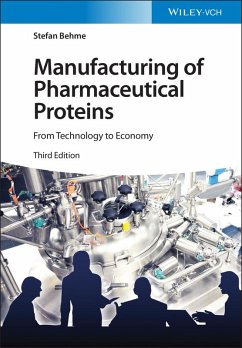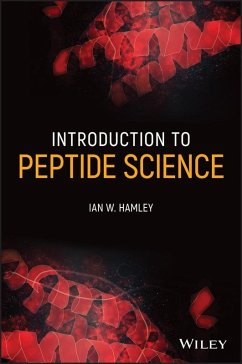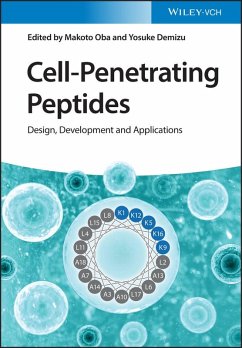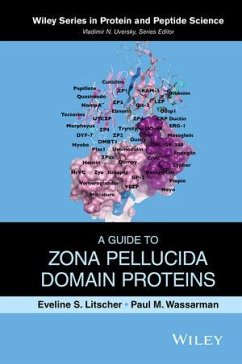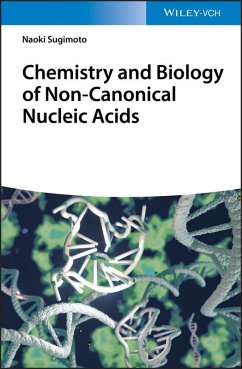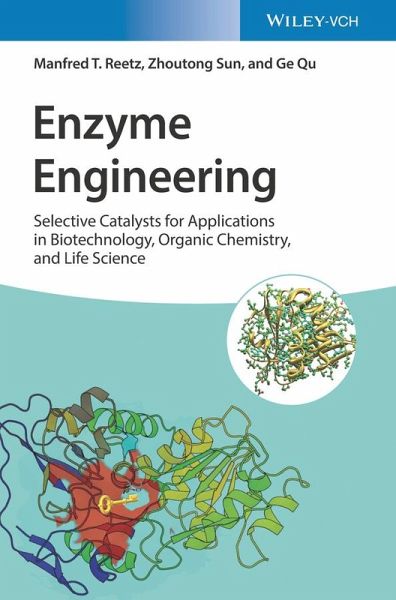
Enzyme Engineering (eBook, ePUB)
Selective Catalysts for Applications in Biotechnology, Organic Chemistry, and Life Science
Versandkostenfrei!
Sofort per Download lieferbar
Statt: 159,00 €**
142,99 €
inkl. MwSt. und vom Verlag festgesetzt.
**Preis der gedruckten Ausgabe (Gebundenes Buch)
Alle Infos zum eBook verschenkenWeitere Ausgaben:

PAYBACK Punkte
0 °P sammeln!
Written by one of the pioneers, this book presents enzyme engineering and its applications at its best. Beside established topics like enzyme activity and selectivity, emerging fields like machine learning and AI are presented, too.
Dieser Download kann aus rechtlichen Gründen nur mit Rechnungsadresse in D ausgeliefert werden.




